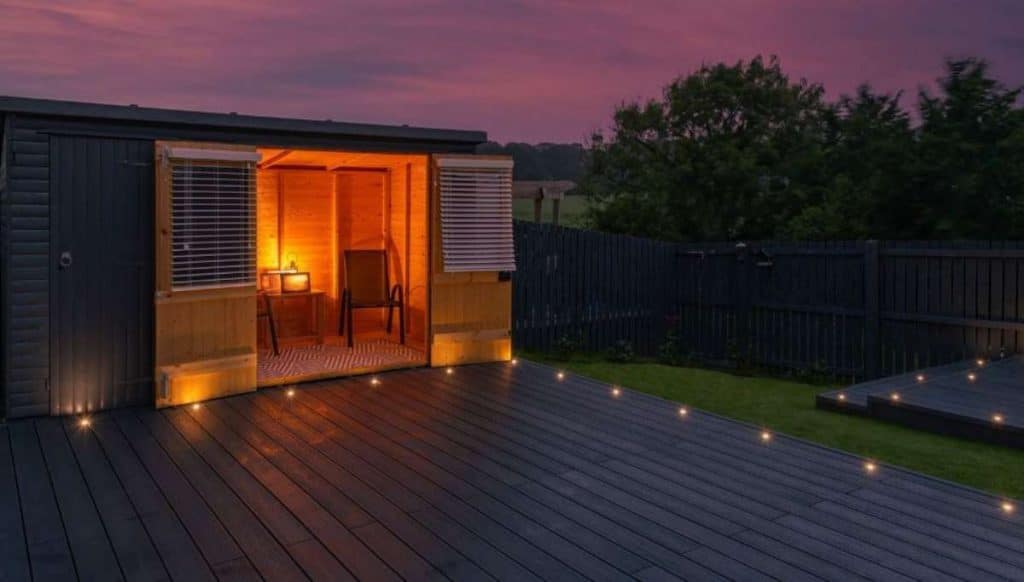Business settings are increasingly switching to LED light strips. Companies are discovering many benefits when switching from conventional lighting options like fluorescent and incandescent lights to LEDs. Here, we examine this change and the long-term savings on maintenance expenses, electricity bills, and overall financial returns of using LED Strip Light suppliers.
Long-Term Electricity Bill Savings vs. Initial Investment
Many companies worry about the initial outlay when considering switching to LED light strips. While LEDs can cost more upfront than traditional lighting, big reductions in electricity costs soon make up for this initial outlay. You can use a LED Strip Light manufacturer to get a cheaper LED light.
The energy efficiency of LED light strips is astoundingly higher. They consume far less electricity than fluorescent or incandescent lights. For instance, a commercial building can significantly lower its monthly electricity bills by converting to LEDs. These savings increase over time, so the initial outlay is well justified.
Moreover, LED lighting is becoming cheaper and more affordable as technology develops, which increases its appeal. Because LEDs are so energy efficient, companies will noticeably lower their electricity costs, which helps to offset the initial outlay.
Comparing Maintenance Costs to Conventional Lighting
Maintenance costs are another crucial factor to take into account. The lifespans of conventional lighting options, such as fluorescent and incandescent bulbs, are often shorter and need regular replacements. Higher maintenance expenses and more frequent interruptions to company operations follow from this.
By comparison, LED light strips last far longer. With several times the lifespan of conventional bulbs, they result in fewer replacements and eventually lower maintenance expenses. Because of their longevity, bulbs cost less overall, and changing them requires less labor.
LEDs are also less likely to fail prematurely because they are more resistant to external stresses and temperature swings. This dependability, combined with long-term cost savings from a LED module Supplier, makes LEDs a more affordable option.
Financial Returns and Time to Payback
Businesses considering switching to LED light strips must understand the payback duration and financial returns. Whereas the payback time estimates how long it will take for the savings to reimburse the initial outlay, the return on investment (ROI) measures how profitable the investment is. Working with a LED Strip Light Wholesale supplier is the best option for a great ROI.
Usually, switching to LED lighting immediately and noticeably saves electricity and maintenance expenses. These cost reductions mount up fast, enabling companies to recover their original outlay of funds swiftly. Following this payback time, the continuing savings immediately impact the bottom line and raise overall profitability.
LEDs offer budgetary advantages. Businesses gain from reduced maintenance expenses, fewer disruptions, and decreased utility rates. This makes it a financial choice to use LED light strips wisely, yielding significant returns over time.
Summary
Commercial settings that switch to LED light strips have strong cost-benefit advantages. LEDs are a great option because of the long-term savings on electricity bills, lower maintenance costs, and good financial returns—even though the initial outlay may be higher than traditional lighting options. As companies work to cut expenses and improve energy efficiency, LED light strips offer a workable and financially beneficial answer.
